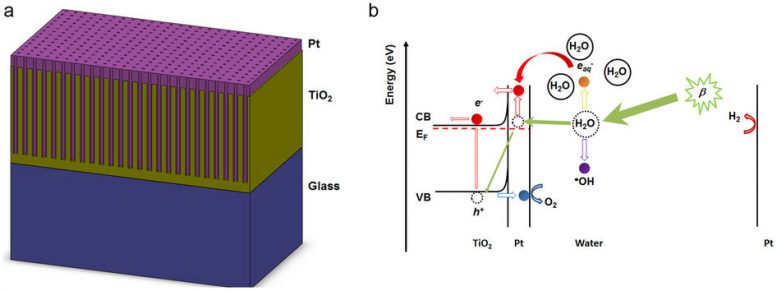
Using a water-based solution, researchers at the University of Missouri have created a long-lasting and more efficient nuclear battery.
Columbia, Missouri – From cell phones to cars and flashlights, batteries play an important role in everyday life. Scientists and technology companies constantly are seeking ways to improve battery life and efficiency. Now, for the first time using a water-based solution, researchers at the University of Missouri have created a long-lasting and more efficient nuclear battery that could be used for many applications such as a reliable energy source in automobiles and also in complicated applications such as space flight.
“Betavoltaics, a battery technology that generates power from radiation, has been studied as an energy source since the 1950s,” said Jae W. Kwon, an associate professor of electrical and computer engineering and nuclear engineering in the College of Engineering at MU. “Controlled nuclear technologies are not inherently dangerous. We already have many commercial uses of nuclear technologies in our lives including fire detectors in bedrooms and emergency exit signs in buildings.”
The battery uses a radioactive isotope called strontium-90 that boosts electrochemical energy in a water-based solution. A nanostructured titanium dioxide electrode (the common element found in sunscreens and UV blockers) with a platinum coating collects and effectively converts energy into electrons.
“Water acts as a buffer and surface plasmons created in the device turned out to be very useful in increasing its efficiency,” Kwon said. “The ionic solution is not easily frozen at very low temperatures and could work in a wide variety of applications including car batteries and, if packaged properly, perhaps spacecraft.”
Reference: “Plasmon-assisted radiolytic energy conversion in aqueous solutions” by Baek Hyun Kim, and Jae W. Kwon, 11 June 2014, Scientific Reports.
DOI: 10.1038/srep05249
1 Comment
I thought strontium-90 is one of the bad guys from nuclear reactors which contaminate our water and our bodies.